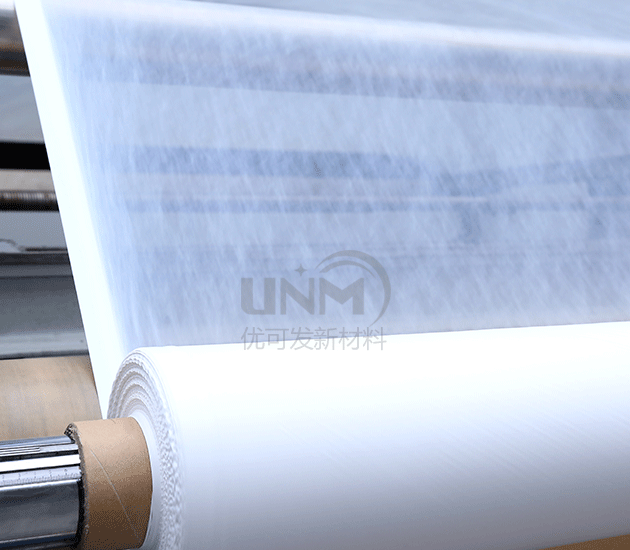Proton Exchange Membrane (Pem) is a membrane material used in fuel cells and water electrolysis. Its primary function in these applications is to selectively allow the passage of hydrogen ions while blocking the passage of other ions or molecules. PTFE (polytetrafluoroethylene) is a commonly used Pem material that has received widespread attention due to its excellent chemical stability, excellent thermal stability and mechanical strength.

ptfe proton exchange membraneThe working mechanism is based on protons in electrochemistry penetration. On the anode side, oxygen enters through the membrane pores and reacts with hydrogen ions to produce water. During this process, oxygen ions and hydrogen ions will also pass through the membrane pores at the same time. However, due to the selective permeability of membrane materials, hydrogen ions can pass through more easily than oxygen ions, while oxygen ions and some small molecules cannot pass through. In this way, a hydrogen ion gradient is established between the anode and cathode.
On the cathode side, hydrogen ions move toward the negative electrode, while electrons flow from the anode to the cathode. An electrochemical gradient is formed between the anode and cathode. This gradient drives the transport of electrons and ions, enabling the conversion of electrical and chemical energy.
Proton exchange membranes are widely used in fuel cells and water electrolysis.
Fuel cell
In a fuel cell, ptfe proton exchange membrane
strong>As a gas diffusion membrane, hydrogen and oxygen are evenly distributed between the anode and cathode, thereby improving the efficiency and stability of the fuel cell. In addition, the ptfe proton exchange membrane can also prevent gas from directly contacting the electrode, thereby avoiding corrosion and oxidation of the electrode.
Electrolysis of water
In the process of electrolysis of water, ptfe proton exchange membraneIt can prevent harmful ions such as lead, arsenic, cadmium, etc. from entering clean water to ensure hygienic water quality. At the same time, it also works well to improve electrolysis efficiency because it reduces the resistance of the water through which the current flows.
In general, ptfe proton exchange membrane relies on its excellent chemical stability and physical strength, as well as its resistance to hydrogen ions. Highly selective permeability plays an important role in applications such as fuel cells and water electrolysis. However, how to further improve its selectivity and stability is still the focus of current research. Interested parties can enter the store for consultation and purchase!
</p







